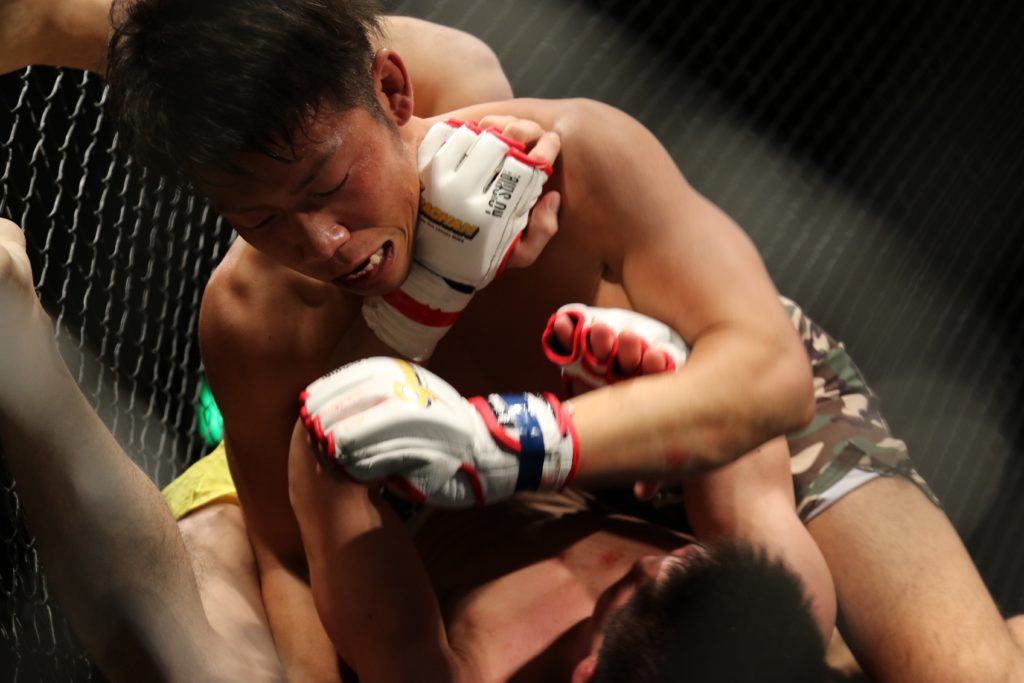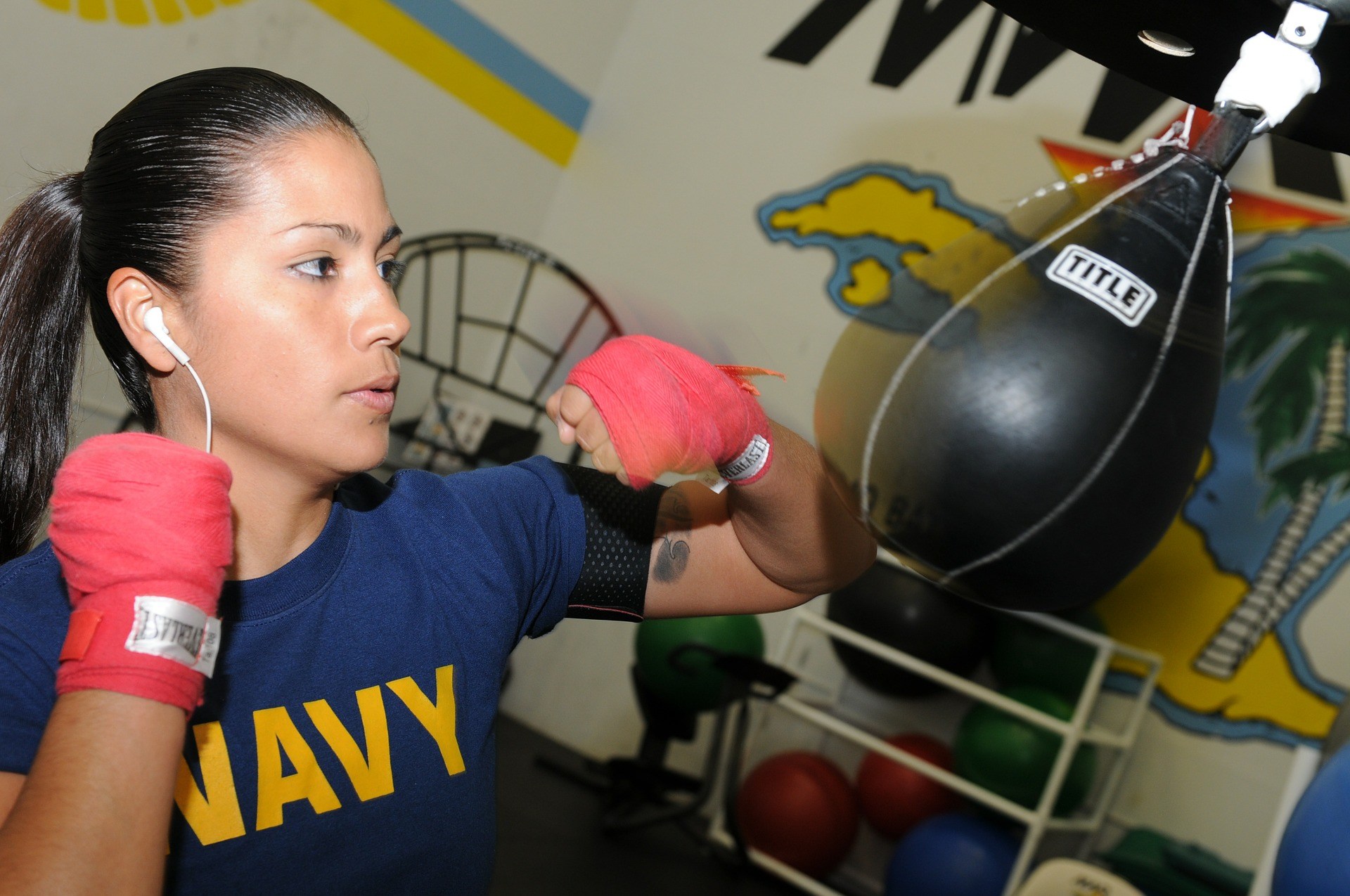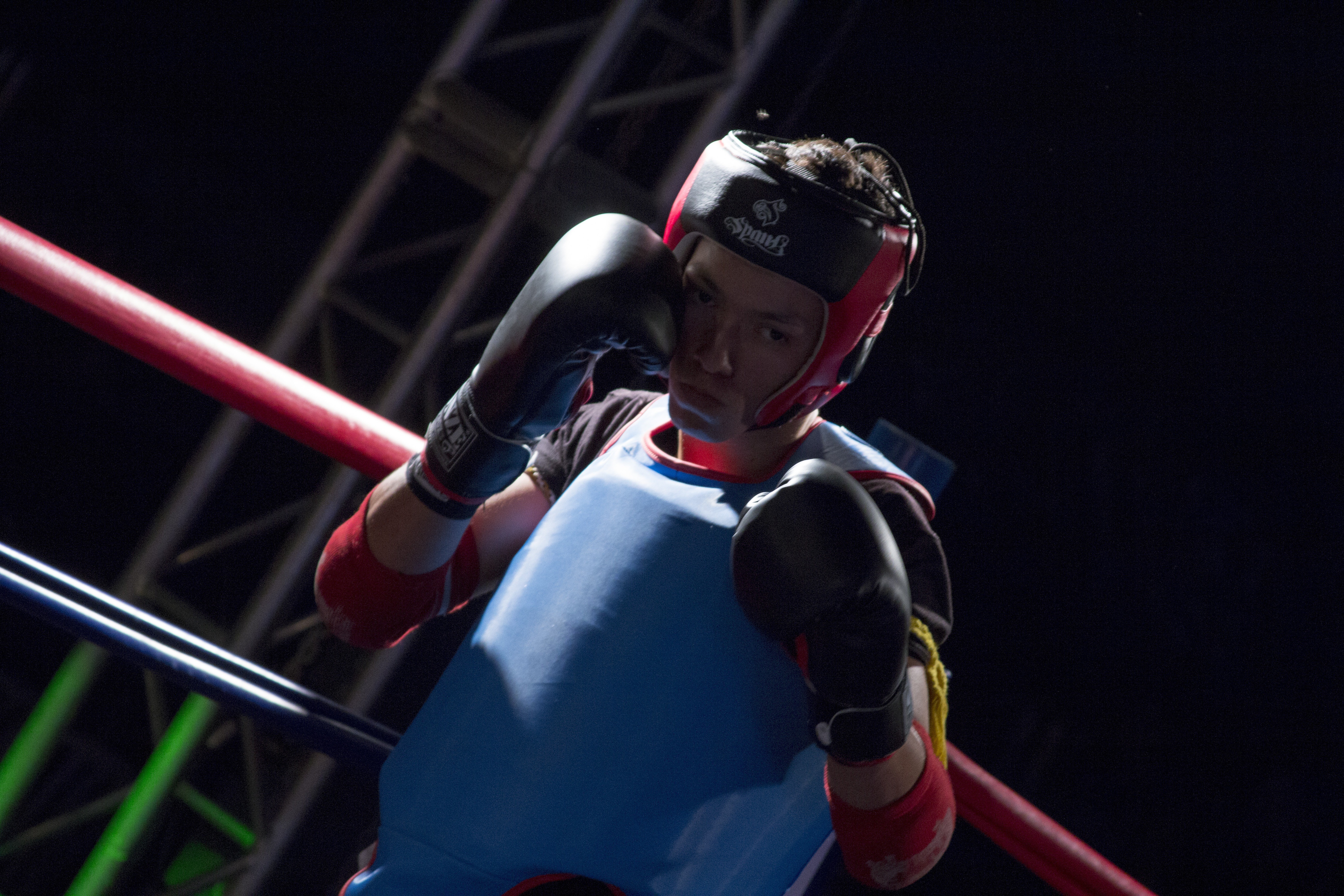- You are here:
- Home »
- Training »
- Practical Guide How To Benefit From Full Contact Training

Practical Guide How To Benefit From Full Contact Training
Training is important regardless of what sport you participate in. The intensity of it typically depends on your level of skill.
However, once you reach a point where you feel you can move beyond the standard training, you should think about implementing some full contact training exercises.
Full contact training can help you prepare for competitive matches far better than training where contact is minimal or non-existent.
Even though there are risks associated with it, we feel that as long as you are prepared, you should be able to take advantage of this type of training.
So, we’ve come up with a simple guide that will hopefully help teach you how to best benefit from full contact training.
Pros & Cons of Full Contact Training
PROS
- Condition your body to absorb and deliver harder hits
- Develop an endurance needed for a competitive match
- Better practice for offensive and defensive moves
CONS
- Risk of serious injury is high
Realistic Way to Learn Your Fundamentals
Whether you are practicing karate, BJJ, MMA, boxing, etc., the fundamental moves mean everything on both defense and offense.
You won’t get far if you don’t understand the basics.
Full contact training gives you the best opportunity to practice your offensive and defensive skills.
Below we have put together just a few of the common moves found in some of the well-known combat sports:
- Boxing: Jab, Cross, Hook, Uppercut, Slipping, Bob and Weave, Blocking, Clinching, Cover-Up.
- Karate: Straight Punch/Choku-Tsuki, Reverse Punch/Gyaku-Tsuki, Forward Punch/Oi-Tsuki, Knee Strike, Elbow Strikes, Kicking, Grappling, Throws, Joint Locks.
- Muay Thai: Jab, Cross, Hook, Overhand, Uppercut, Spinning Backfist, Superman Punch, Elbow Strikes, Kicking, Knee Strikes, Foot Thrusts, Clinching, Blocking, Evasion
- MMA: Striking, Grappling, Submissions, Takedowns, Throws, Clinching, Ground Fighting, Stand-up Fighting.
If you want to benefit the most from this, then you need to actually hit something.
With the right partner, practice all of the fundamentals. It’s not required to use your full power, however, as you aren’t looking to score any real points.
Do make sure you are trying to make contact though, and remember to also practice defensive moves in addition to striking.
The more you practice, the more prepared you will be when a real match comes.
Condition Your Body to Hit Harder
In order for you to land a powerful hit, you will need to prepare your body for it.
Conditioning is one of the best ways to do that.
Muay Thai
In Muay Thai, fighters rely a lot on kicks that place emphasis on the shin bone.
Because of that reliance, conditioning is a must, or else kicks will lack any real power and will probably cause more injury to yourself rather than your opponent.
Full contact training comes into play here on a regular as Muay Thai practitioners regularly hone the strength in their shin bones through several means such as by kicking a heavy bag.
Many trainers and coaches encourage beginners to aim for 100 kicks per leg per training session. Those who have been at it a little bit longer are pushed to do even more.
It is not a pleasant process. In fact, you may very well experience some pain, but this will improve the strength of your shins over time.
Boxing
Boxers will try to improve the strength of their punches by conditioning their hands.
One way to do that is by hitting a heavy bag bare-knuckled. This training exercise can assist in strengthening the muscles and bones in the hands, while also toughening up the knuckles.
In turn, this will help harden the power behind a boxer’s punch.
Karate
Some practitioners still make use of the Makiwara:
Now, we must emphasize that it is dangerous to use this traditional technique as it is easy to hurt yourself if you don’t know what you’re doing.
Those that use this technique are not just trying to toughen their body. Rather, the resistance from the Makiwara will help tell you if you need to improve your overall form so that you can strike better and stronger.
When performing any of these exercises, especially when using the Makiwara, you should practice proper punching or kicking form.
Any wrong strike can lead to serious injury, especially in the hands as those bones are easy to fracture.
Condition Your Body to Take a Hit
This is not something that everyone likes to hear, but when you decide to participate in a combat sport, you must understand one thing: you will get hit.
Just as much as you prepare your body to deliver powerful strikes, you need to prepare yourself to take those heavy hits too. Full contact training can help accomplish that.
MMA
When fighters decide to test their skills against another opponent, they will do so as though they are in a real match.
Neither of them will hit as though they are in a real match to score points or go for that KO.
However, there may be some broken noses or bruised ribs by the end of it.
It may be painful, but your body will learn to respond to that level of pain so that you are not shocked when you do enter that ring for a real match.
Full contact training can also help ease you out of the habit of closing your eyes before a hit.
Flinching, ducking, or closing your eyes is a natural, muscle memory reaction that many people do.
It isn’t our fault as our body has to respond to danger somehow. However, closing your eyes in a match is dangerous.
Full contact training can help you become aware of that habit, and it can teach you how to stop doing it.
This last tip is a classic one, but one that can benefit many in numerous combat sports:
Medicine ball drop exercise:
Using a medicine ball against the abs is a good way to build up a stronger pain tolerance to your stomach.
Boxers especially utilize this technique in training.
Develop That Endurance
This can pretty much go without saying. If full contact training can help you understand what it means to hit and be hit in a real match, it can also help you truly feel how a match will be.
In MMA, for example, you may find yourself thrown into a sparring match with an opponent for an intense round much like in a competitive match.
You’ll take a short break and then be thrown back into the fray.
If you get hit in the stomach, you may get winded, and you’ll be forced to experience what it’ll be like to catch your breath and regain your endurance in time to continue the fight.
Additional Tips
Remember to have proper gear
Full contact training is meant to give you experience so you aren’t blindsided in a competitive bout.
However, you don’t want to be put out of commission due to an oversight in training, nor do you want to put a training partner out.
Gloves
Gear isn’t required for those who want to toughen their hands by hitting a bag bare-knuckled.
Those who practice boxing, Muay Thai, or kickboxing and want to spar with a partner, however, should have the right pair of gloves.
Many opt for headgear as well so that you can hit a bit harder without worrying about knocking out your partner.
Mouth Guards
Athletic cups should be used throughout the different combat sports. The same goes for mouth guards.
Out of all the protective gear, mouth guards may stand out as some of the most important ones.
It is very easy to get hit in the mouth whether you practice judo or kickboxing.
Mouth guards aid in preventing injuries to your teeth, jaw, neck, and head as any impact to the mouth can have an effect all the way to the base of the skull.
If you truly want to take advantage of the benefits that come with full contact training, then you need to take the steps required to eliminate the potential injuries that come along with it.
By doing so, you are free to throw whatever hits allowed under your chosen sport.
Related Posts
Is Aikido effective?
Perfect Muay Thai Clinch – Best Hacks You Should Know
What does OSS (especially in BJJ) mean?
Martial Arts for Fitness: 5 Reasons Why It Works
How Much is Boxing Classes – Quick Review
Top 7 Best Martial Arts For Kids
Top 5 Best Adult Martial Arts
Boxing vs Muay Thai – Which Style is Better?

